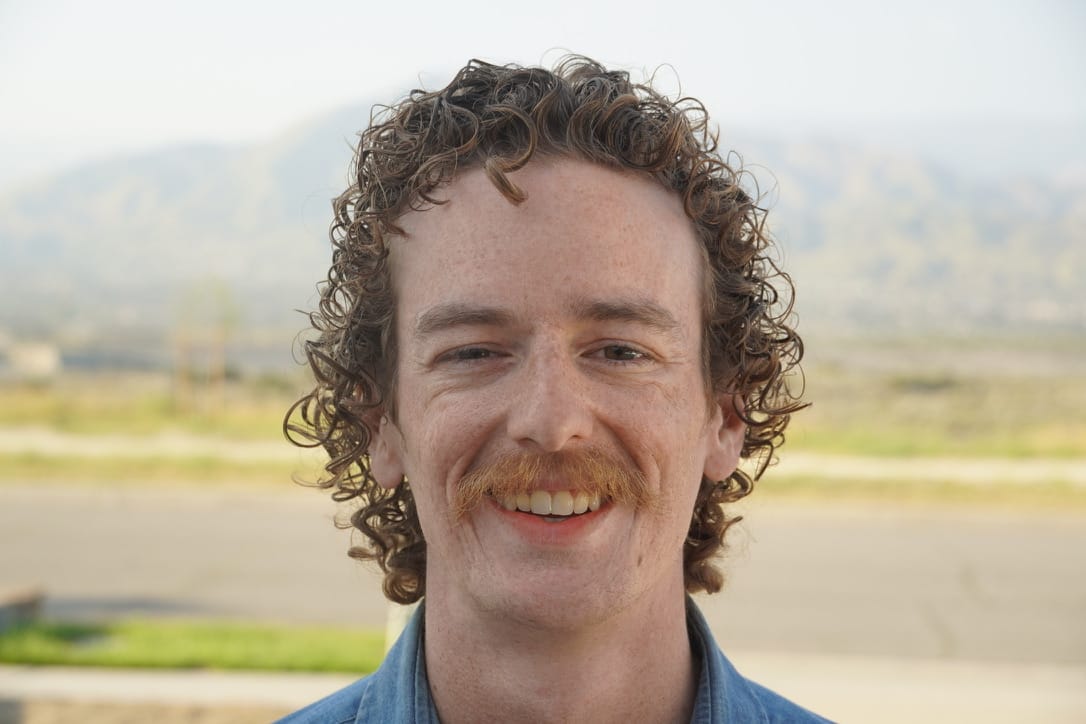
It has been three months since I launched the first edition of Inland Empire Law Weekly. That edition featured the swearing-in-ceremony of San Bernardino Superior Judge Dina Amani, a write-up of a $110 million verdict in an officer-caused fatal crash and the ongoing litigation between Coyote Aviation and the City of Redlands. The next week I reported on former San Bernardino District Attorney Michael Ramos’ suspension from the state bar, a state prosecution against a prominent landlord, and a slander case against Riverside Sheriff Chad Bianco. The news has just continued flowing: Adelanto ICE Detention Center surges to house 1,100 detainees, street vendors sue Fontana, office workers charged with assaulting ICE, Riverside company loses restraining order against attempted shareholder, and now the Haro case.
This wide variety of events proves that legal news is human news. Whether you are a lawyer, a delivery driver, a business owner or a stay at home parent, the way the law is applied affects people just like you. This is the idea I built Inland Empire Law Weekly off of: legal news about everything, for everybody’s understanding (told honestly & accurately, of course).
I’m also excited to be growing the content I provide. I have been syndicating CalMatters content from the beginning, but have recently added writings from law professors around the nation, syndicated through The Conversation. Future syndications to come.
Beyond the actual journalism, I am happy to see how much better I am operating the website. Understanding how this new software works took time, but that time has caused the recent editions of the weekly email to look so much better now than the first one.
This week, I am excited to announce that I have set up automated posting on three different social media sites: LinkedIn, Facebook and BlueSky (I could not yet figure out how to set it up for Reddit and X).
Inland Empire Law Weekly is unique from most news organizations in two ways: the paywall only existing for recent news, and the weekly edition format. Looking back on both decisions, I am very glad I made them.
The paywall is only for new articles, giving potential readers the opportunity to familiarize themselves with my older work while giving my subscribers timely news. The weekly publication schedule also allows me to balance my workload better. Under this format, it is far easier to manage the business, find cases throughout the week and attend court when needed.
Beyond the ease it gives me, my favorite aspect of weekly publication is that it prioritizes trust over speed. I’m not trying to rush out stories, then sending you push notification after push notification, asking you to read them. I don’t try to race other news outlets to report news, possibly sacrificing the deeper story in cases. I take my time, and do my reporting right, because my only currency with you is trust.
Years ago, I was told that I should design things the way that I would like them, not the way that I am told others like them. I like quality news, and I like putting aside dedicated time to read my news. I do not like news organizations that chase clicks, or social media posters that constantly call for an emotional outcry. So, that is what I am trying to build for you.
The weekly edition format gives a clear product: about ten articles for you to read, once a week, delivered to you all at once. Ideally, you would be reading it with your Sunday morning coffee.
For you commuters, I have exciting news for you. I have been working to develop an audio version of my publication. I believe I’ll have it launched in about a month.
For you printheads, I have also been working to develop a print edition.
I wanted to have both from the beginning, but I have been plagued with questions. Where do I print and how do I distribute them? What is the business proposition for the print editions? I’ve been answering those questions over the last month. I won’t give you an ETA on this one, for fear of missing it by a wide margin.
As far as sustainability goes, I have some more good news to share.
I will be starting a part-time job this week with CalMatters, leading their coverage of the Inland Empire. Although it will take up some of the time I would otherwise dedicate to this edition, it will give me the finances to keep myself above water. This income will also allow me to hire some freelancers, so I do not expect Inland Empire Law Weekly to drop in content.
As far as the publication being self-sufficient, I’ve been slowly gaining subscribers, with small consistent growth. I believe this publication is about an eighth of the way to sustainability, subscriber-wise. Mathematically, that means if my rate of growth does not change, it will take two years to reach sustainability. Please help that as fast as you can. The typical call of action here is to like and subscribe, repost my stories, donate some money.
Instead of asking for that, I ask you to talk about just one of my stories a week with someone you know.
“Did you hear a man in San Bernardino got shot at by federal agents?”
“Did you hear that California Republicans are suing the state over the redistricting proposition?”
“Did you hear that Jake Haro’s probation could have been revoked, but the hearings for it kept getting delayed? IE Law Weekly just wrote about it.”
I’ll leave you with my new favorite saying: Only you can save local news.

